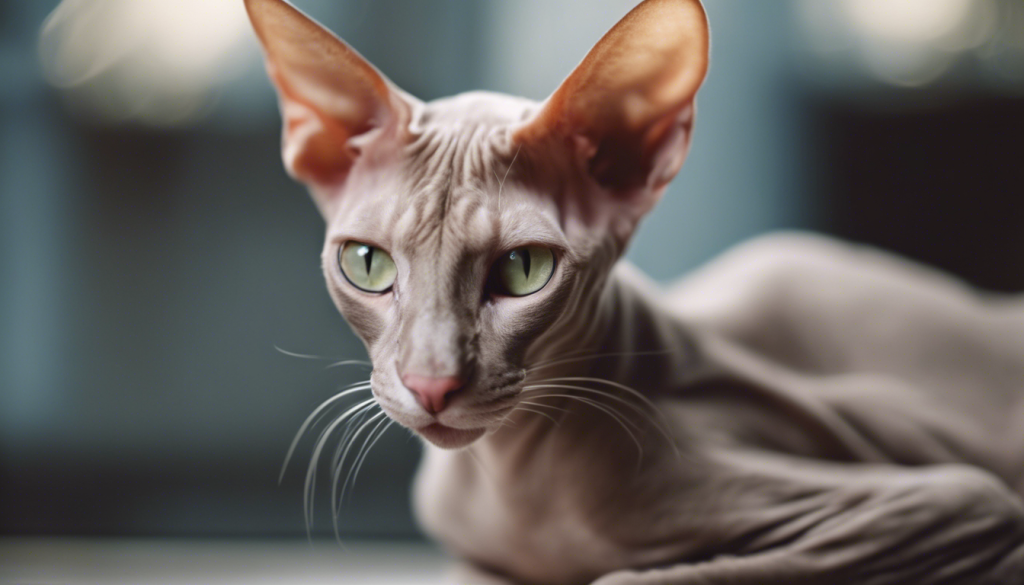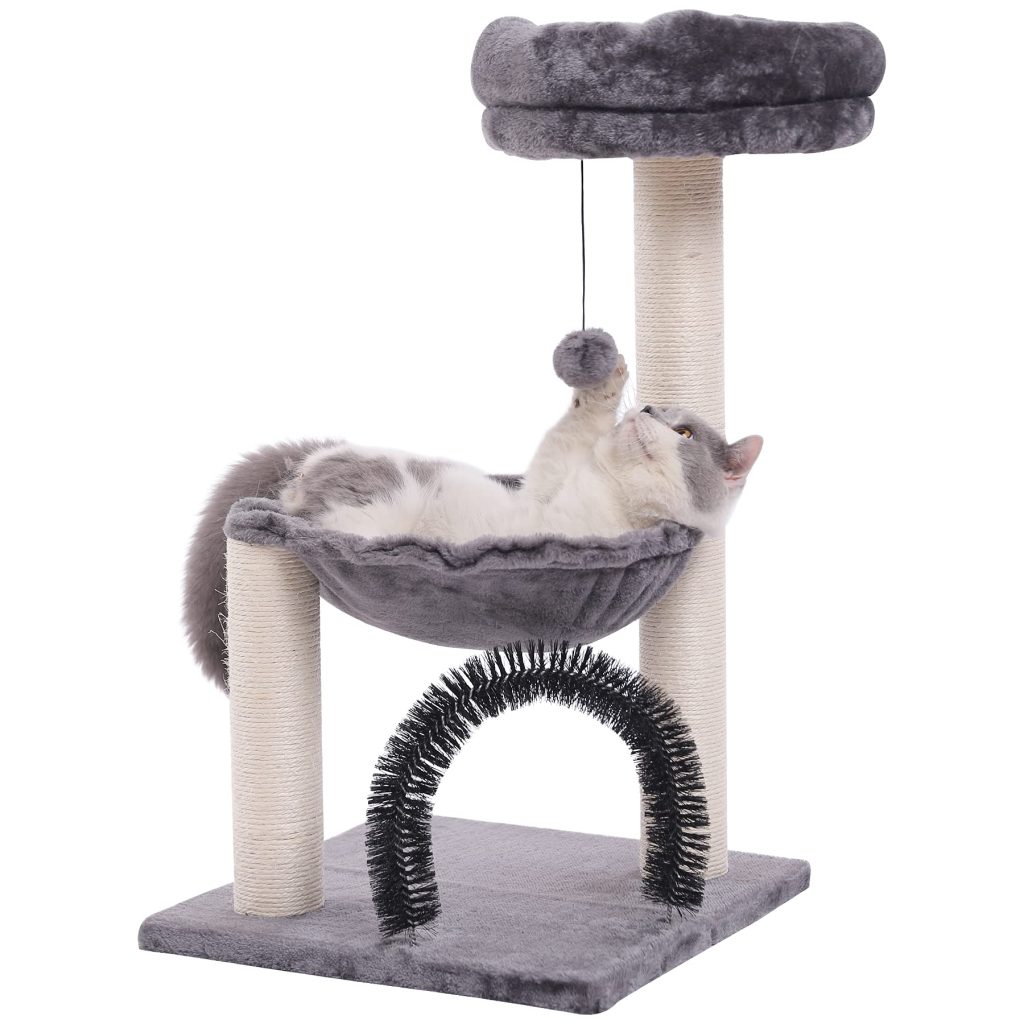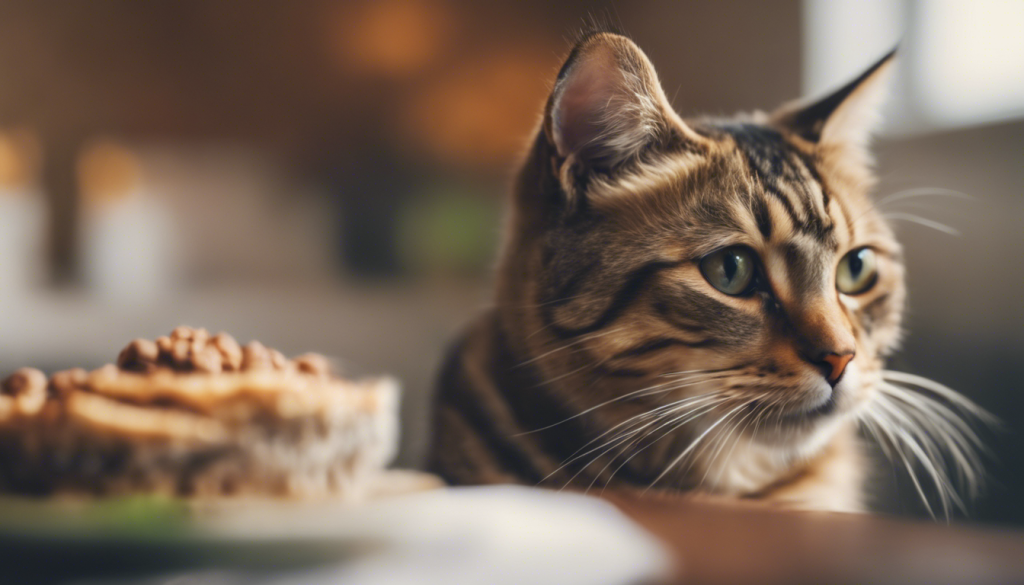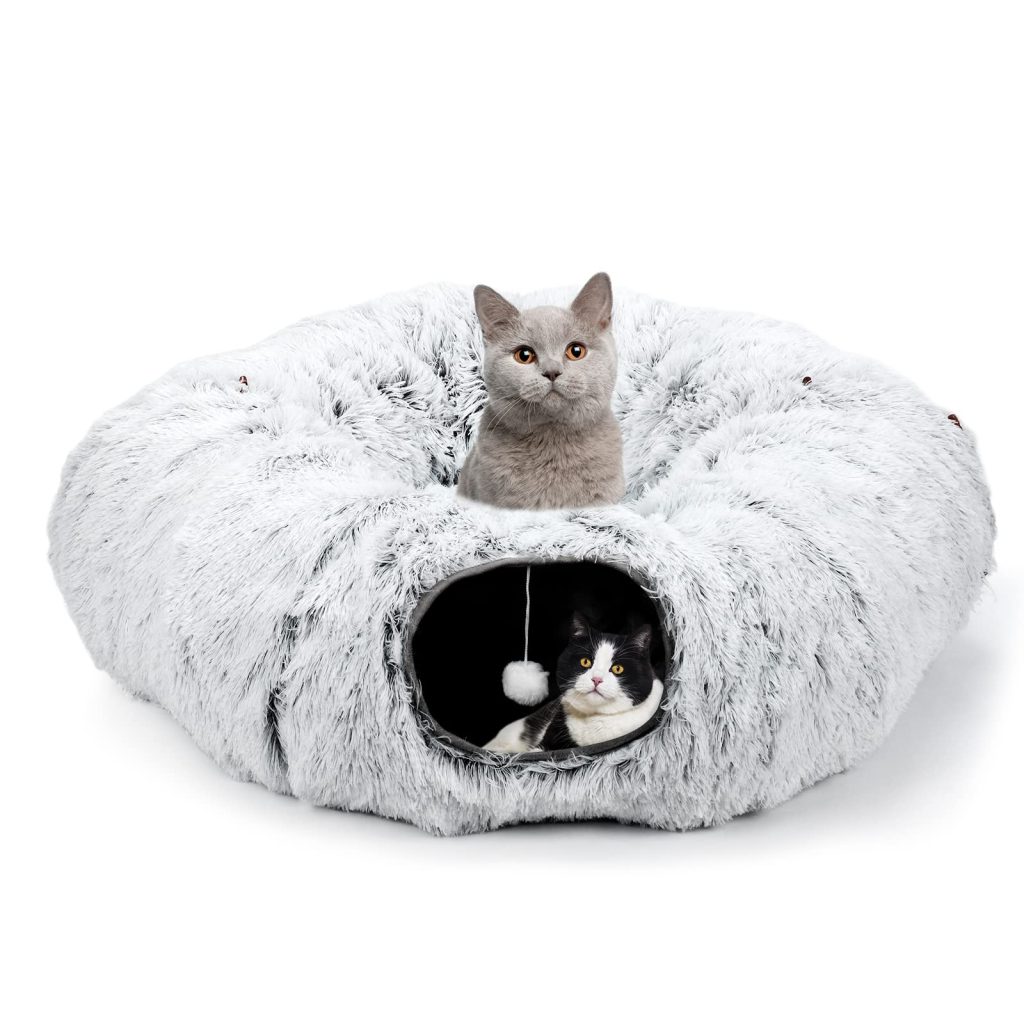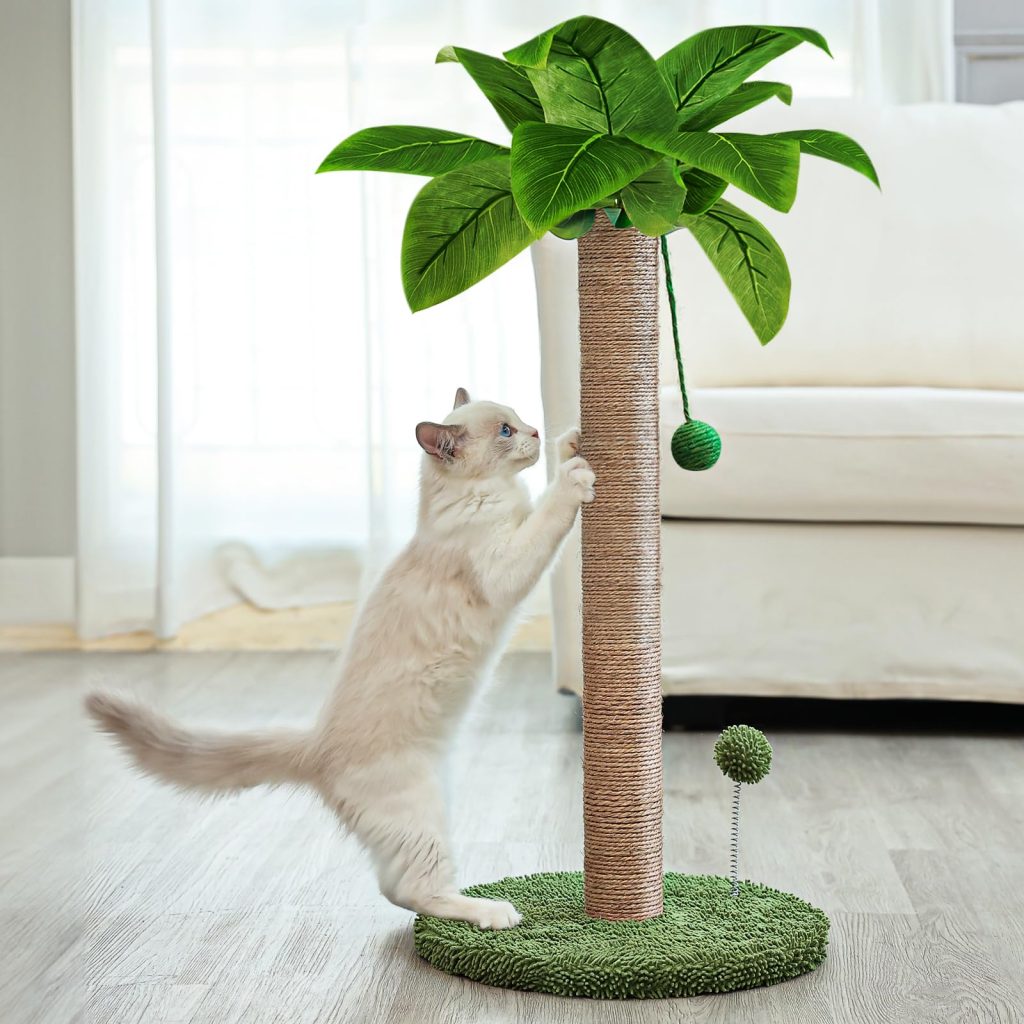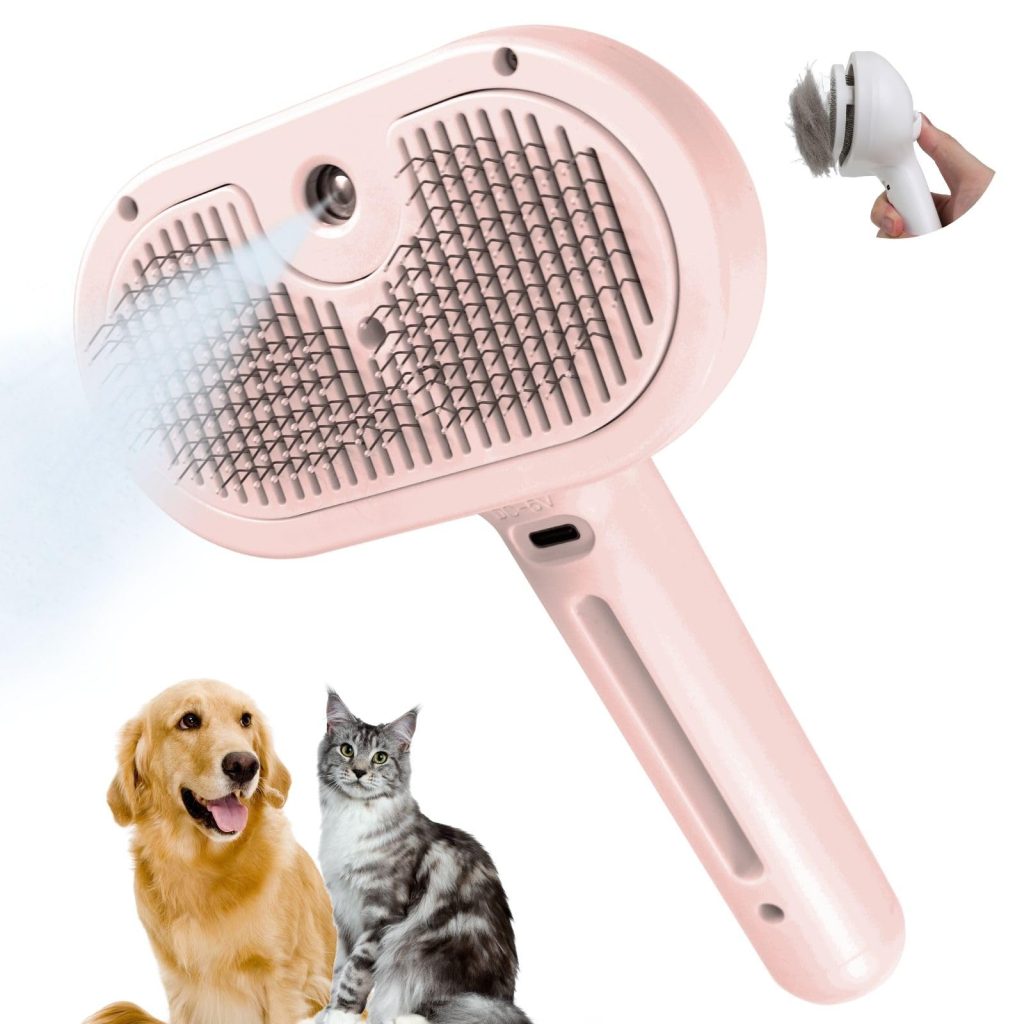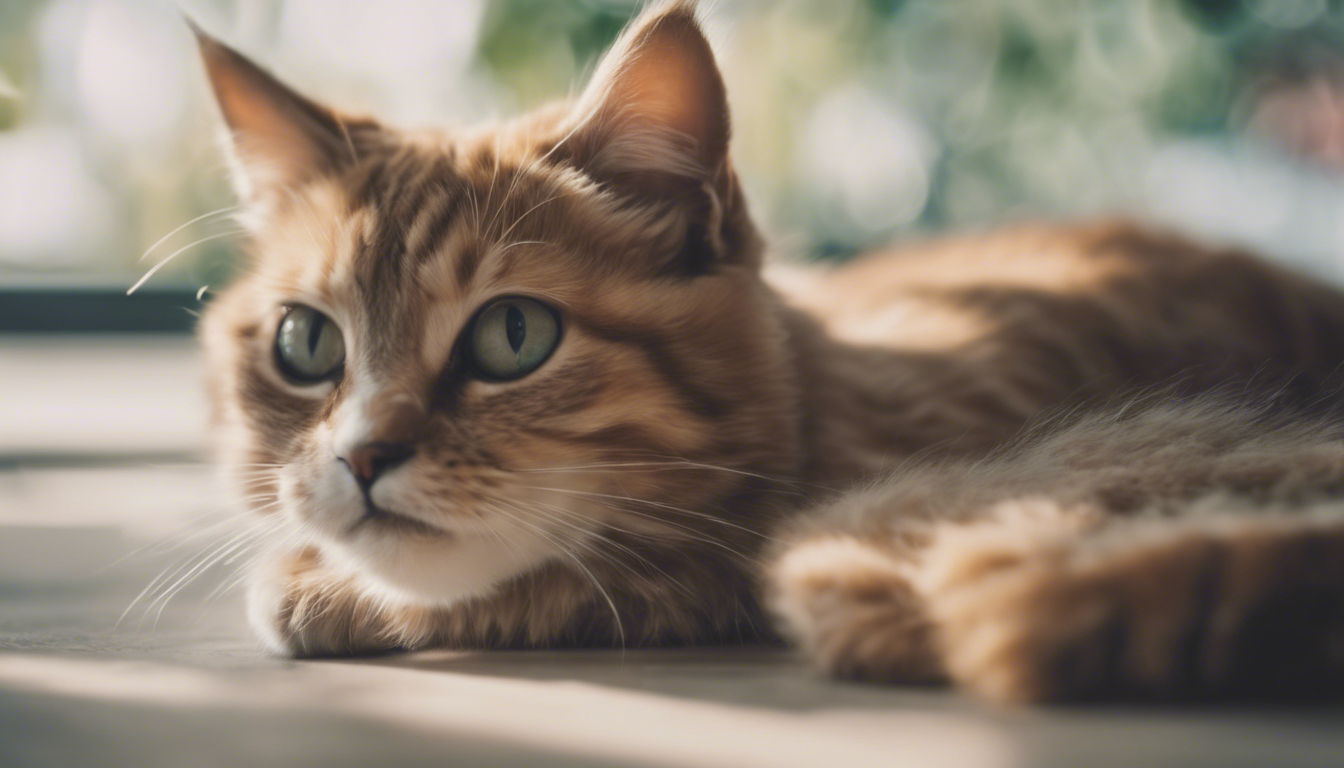
Safe Play: Choosing the Right Toys for Your Cat
Feline Behavior and Communication
Cats are fascinating creatures with unique behavior and communication patterns. Understanding these aspects is important for creating a harmonious environment for both the cat and the owner. One important aspect of feline behavior is play. Play helps cats expend energy, satisfy their hunting instincts, and bond with their owners.
But how do we ensure that our playtime with our feline friends is safe and enjoyable for both parties? The answer lies in choosing the right toys that cater to their natural instincts and needs. Let’s dive into the world of cat toys and learn how they can positively impact your cat’s behavior and enhance your relationship.
Choosing the Right Toys
When selecting toys for your cat, it is important to ponder their preferences and tendencies. Cats are natural hunters, so toys that mimic prey will often engage them the most. For interactive play, choose toys that involve movement, such as feather wands, laser pointers, or treat-dispensing toys. These toys stimulate your cat’s natural instincts and encourage active participation.
Cats also enjoy toys they can bat, pounce on, and chase. Simple toys like small balls, ping pong balls, or crinkle toys can provide hours of entertainment. Remember to choose toys made from safe materials that are free from small parts your cat can easily swallow or choke on.
Furthermore, ponder your cat’s age and energy level when selecting toys. Kittens and young cats typically have higher energy levels and may benefit from toys that promote agility and exploration, such as tunnels or puzzle toys. Older or less active cats may appreciate quieter toys like catnip-filled plush toys or puzzle feeders to keep their minds engaged.
Training Techniques
Playtime can also serve as an opportunity to train and reinforce positive behaviors in your cat. By incorporating simple training techniques during play, you can shape their behavior and improve their responsiveness to commands.
For example, using a clicker or a verbal cue like “good” when your cat demonstrates desired behaviors, such as catching a toy or coming when called, can create positive associations. Additionally, consider using treats as rewards during play sessions to encourage your cat to follow commands or exhibit desired behaviors.
Remember that patience and consistency are key when training your cat. Keep training sessions short, always end on a positive note, and gradually increase the difficulty of commands as your cat progresses.
The Impact on the Cat-Owner Relationship
Engaging in safe play with your cat not only improves their behavior but also strengthens the bond between you and your furry companion. When you actively participate in playtime, you become a part of their world and build trust and rapport. This shared experience helps in establishing a loving and respectful relationship.
Additionally, playtime provides an outlet for your cat’s pent-up energy or anxiety, preventing destructive behaviors associated with boredom or frustration. By dedicating regular play sessions, you fulfill their need for mental and physical stimulation, reducing the likelihood of behavior problems.
Furthermore, involving other family members or introducing interactive toys that require multiple players can enhance the socialization skills of your cat. This can be particularly helpful for cats who are prone to shyness or aggression.
In Summary
Choosing the right toys for your cat is important for their health, well-being, and overall behavior. By prioritizing their natural instincts and creating a safe play environment, you can strengthen your bond with your feline friend while reducing destructive behaviors. Incorporating training techniques during playtime can further enhance your cat’s responsiveness and obedience. So, invest some time in understanding your cat’s preferences, select appropriate toys, and embark on a journey of joy and connection through safe play.
